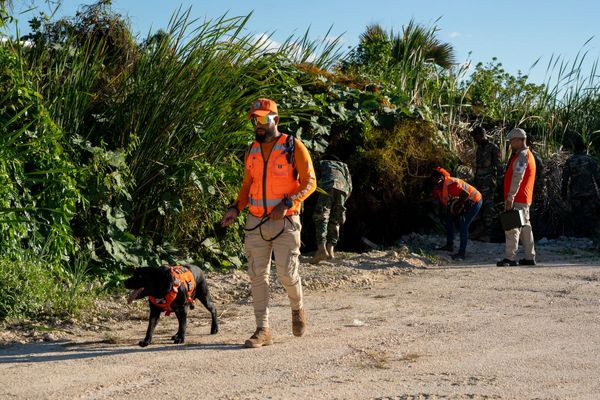Researchers focussing on migratory shorebirds reaching the Western Coast of the country have noticed an early arrival of many flocks from colder regions.
Large flocks of migrant visitors such as Whimbrel, Eurasian curlew, Common redshank, Common greenshank, Lesser sand plover, Greater sand plover, Kentish plover, Terek sandpiper, Dunlin, Sanderling, and Common sandpiper have been seen foraging on the sandy beaches of Ariyallur, Kadalundi, Chaliyam, Beypore and Godiswaram since August.
“Although we used to see those migrant birds on the mudflats of Kadalundi during the wintering season, their sighting in large congregations on the sandy beaches along our coasts has been new. They started arriving very early this season apparently as a result of their late departure from here in the last season,” said T.R. Athira, who has been studying the behaviour of the migrant shorebirds for the last several years.
The early arrival of the migrants, according to researchers, is linked to several environmental factors, including the prey depletion and changes in breeding habitat.
According to K.M. Aarif, whose 17-year-long study on migratory shorebirds has been a seminal one from the Western Coast, many birds had delayed their departure from the Western Coast, especially Kadalundi, apparently as a result of prey depletion.
“Delays in migration could be linked with inability to find enough high quality food to build up food reserves prior to departure,” said Dr. Aarif in an article published in Elsevier’s journal Global Ecology and Conservation.
Ms. Athira said that late departure from the wintering grounds could adversely affect the reproduction pattern of the birds and, therefore, they were presumed to have come early this year. “The birds from colder regions used to come from September. But this year, we have noticed their arrival from July. It is something interesting.”
She said the birds had found the sandy beaches as an alternative to the mudflats. “The availability of prey on the sandy beaches is not as good as the mudflats. However, it is not bad. The birds look happy foraging on the beaches,” said Ms. Athira.
Although the sand beaches are not so rich in polychaetes, the abundance of cosmonotus crabs make the beaches a good foraging ground for the visiting flocks. “Some of the species arriving here, particularly Eurasian curlew, are near threatened. Better habitat management in wintering grounds and stopover sites along the flyway are needed,” she said.







